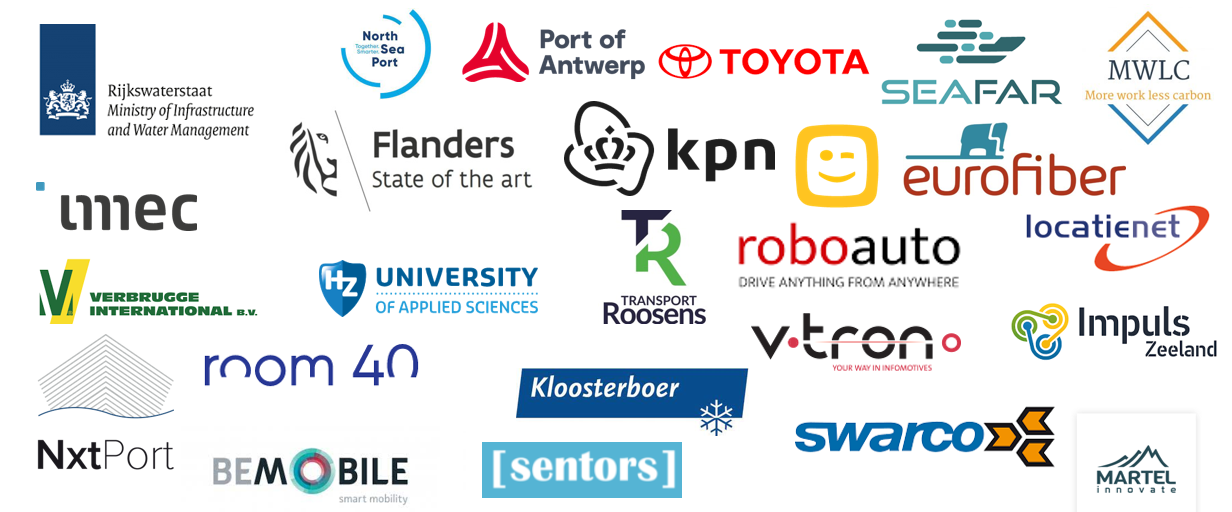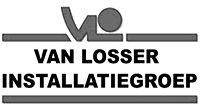Objective of 5G Blueprint
Technical objectives:
Design and implement a 5G network for connected and automated mobility services with stringent latency, handover time, reliability, packet loss and throughput requirements
Develop and implement a prototype teleoperated system
Implement and deploy enabling features that ensure the security of teleoperated transport and increase its value
Validate an end-to-end teleoperated transport solution supported by 5G in real-life scenarios in cross-border conditions.
Business objectives:
Conduct a market analysis for 5G telecommunications
Present commercial opportunities
Position the potential role of teleoperated transport services based on 5G
Promote the deployment of teletransport services based on 5G connectivity
Policy objectives:
Identify regulatory issues related to the introduction of cross-border teleoperational transport based on 5G connectivity and recommend measures.
Project approach
5G-Blueprint will investigate and define the following:
The economics of 5G tools in cross-border transport and logistics, as well as in passenger transport: visualising capital expenditure (CAPEX) and operational expenditure (OPEX), both on the supply side (telecoms) and demand side (transport and logistics), leading to the transformation of current business practices, as well as new value propositions.
Governance issues and solutions regarding responsibilities and liability within the value chain dependent on cross-border connectivity and seamless services in relation to the Dutch and Belgian regulatory frameworks (telecommunications legislation, traffic and Connected and Automated Mobility (CAM) experiments, contracts, value chain management).
Tactical and operational (pre)conditions that need to be in place to get the full value of 5G-tooled transport and logistics. This includes implementing use cases that increase cooperative awareness to ensure safe and responsible teleoperated transport.
Preparing and testing teleoperated and telemonitored transport on road and waterways to alleviate the growing manpower shortage and bring transport and logistics to a higher level of efficiency by sharing data in the supply chain and using AI.
Exploring the possibilities of transporting more goods at night when there is surplus physical infrastructure capacity – reducing manpower costs would make this feasible on a cost-effective basis.
Teleoperation will be enabled by 5G qualities, such as low latency, reliable connectivity and high bandwidth.
will be enabled by 5G qualities, such as low latency, reliable connectivity and high bandwidth.
The result of the project will be the blueprint for the operational pan-European deployment of teleoperated transport solutions in the logistics sector and beyond.
Contact V-tron:
Results achieved
Pilot implementations and testing will result in:
Validated end-to-end teleoperated transport with 5G
Activation of functions for safety during autonomous operation
Market analysis of 5G-based transport
Recommend actions based on regulatory issues
Challenges
Integration of domain-specific architectures with each other
Cross-border operation in the EU
Robust operation during remote acquisition
Complex business model
Ensuring data security across all hardware and software applications



















